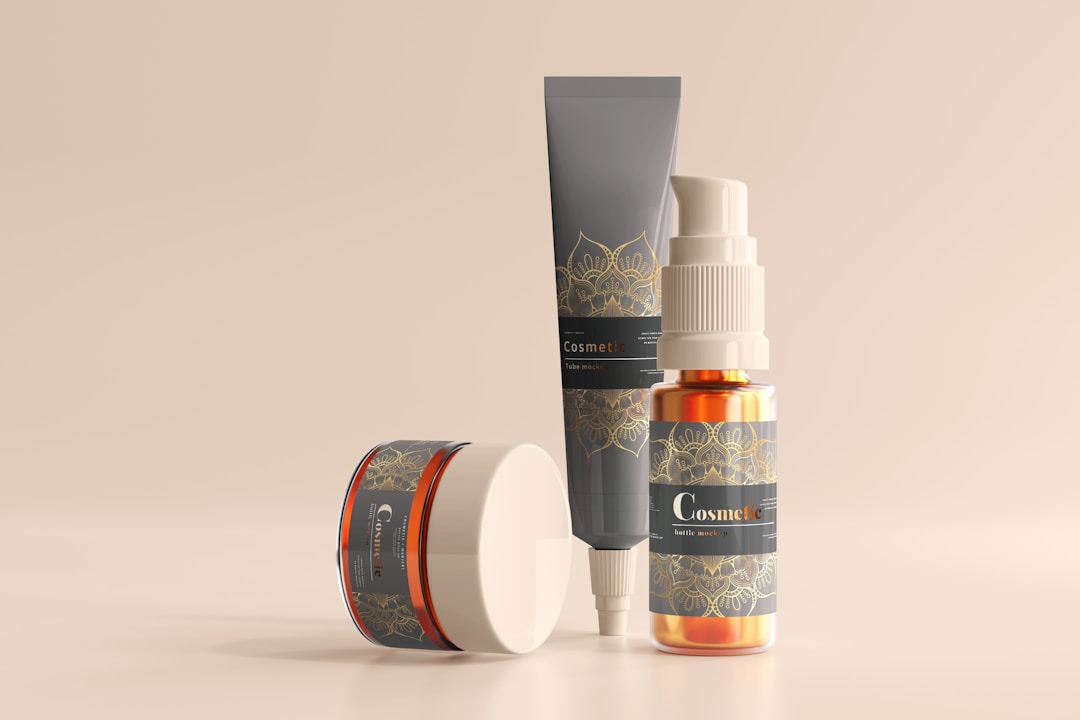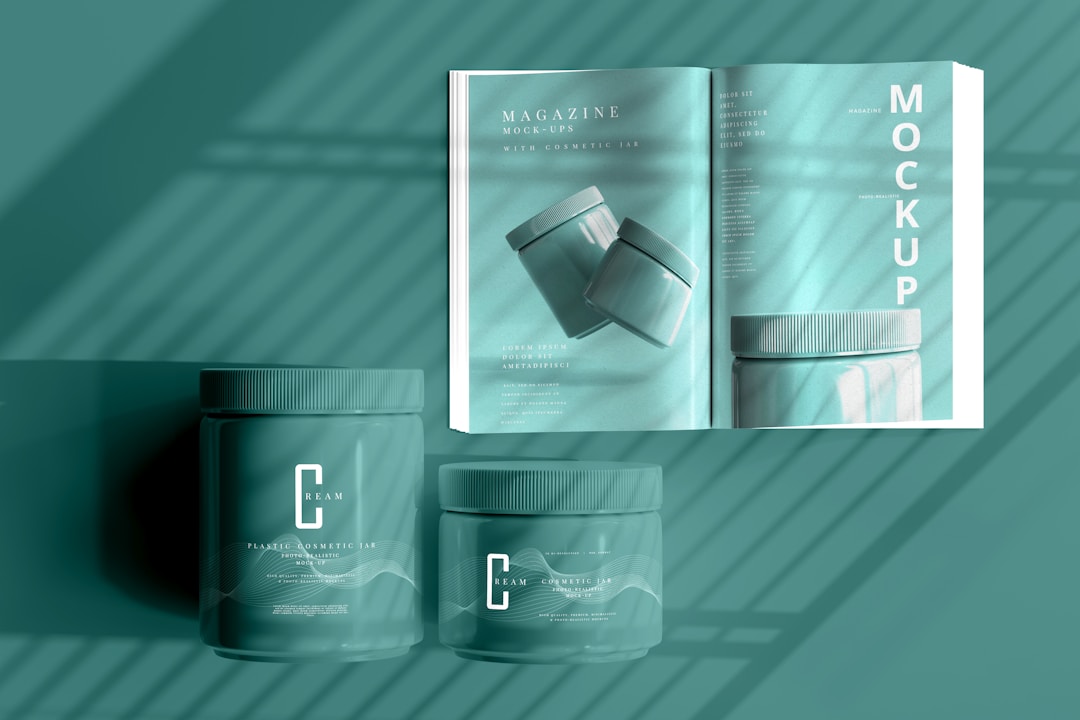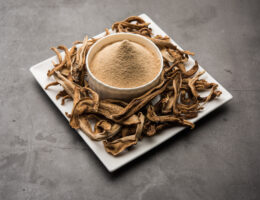Product packaging has evolved far beyond wrappers and containers in the dynamic marketplace. It’s the art of conveying a brand’s story, values, and promises, intriguing consumers and influencing their purchase decisions. This ingenuity results from thoughtful packaging designs and materials. This article delves into some creative packaging concepts that stand out in a world cluttered with brown boxes. Keep reading to learn more.
Reimagining Eco-Friendly Material Use
Today’s consumers are gravitating toward sustainable offerings, which has compelled businesses to rethink their packaging designs. While the use of eco-friendly materials is often used to mean “unappealing” or “boring,” brands are proving that it’s possible to combine sustainability with aesthetics to create truly creative packaging solutions. By judiciously using materials like kraft paper, bamboo, and even mushroom-based packaging, they’ve reduced their environmental impact and crafted unique product personas that are in sync with their commitment to earth-first practices.
One such common eco-friendly material gaining popularity is the humble plastic cap. Traditionally, plastic caps, fittings, and pieces were perceived as non-recyclable and harmful to the environment. However, technological advancements and increased awareness about sustainable practices have led to innovative solutions for reusing and recycling these caps.
In the past, plastic caps were typically made from non-biodegradable materials, which presented a significant environmental challenge. However, many manufacturers have started producing caps made from biodegradable or recycled materials, greatly reducing their environmental impact. These eco-friendly options offer similar functionality and durability as traditional caps, ensuring they can be used for various applications without compromising quality.
The Art of Minimalism
Among the most intriguing packaging trends is the rise of minimalistic design. Guided by the “less is more” principle, brands are discovering the power of simplicity and visual calm in a world of information overload. By opting for basic shapes, eliminating unnecessary design elements, and focusing on the representation of the product, these creators communicate a sense of sophistication and elegance in their packaging.
Furthermore, minimalism isn’t limited to aesthetics. It’s also about reducing waste and fostering sustainability. By eliminating excessive packaging materials and using elements that serve multiple purposes, brands decrease their environmental footprint while ensuring their offerings are beautifully presented.
A minimalist design requires mastery over the art of omission, where the challenge lies in fitting the brand’s essence into a simple yet striking packaging design. Every line, curve, color, and typography choice speaks volumes about the products, requiring an understanding of the taste and preferences of the intended audience.
Leveraging Tech-Enabled Packaging

Merging physical packaging with digital tech has been a game-changer for many brands, allowing them to create end-to-end interactions with consumers. The emergence of tech-enabled packaging, or, to be precise, smart packaging-featuring QR codes, NFC tags, or AR filters-allows brands to narrate their stories in unprecedented ways, driving customer engagement and retention.
For instance, by scanning a code on the package, a consumer could be directed to a personalized landing page that educates them about the product, offers recipe suggestions, or even presents a brand-focused game for entertainment. Smart packaging undeniably forms a bridge between a brand and its customers, fostering relationships beyond the purchase phase.
Despite requiring an initial investment, the benefits of integrating tech with packaging are manifold. It provides opportunities to collect customer data for personalized marketing and direct interaction with consumers to gather feedback, promote loyalty programs, or drive sales through special promotions.
Leveraging Emotional Resonance
Powerful packaging speaks to consumers’ emotions, making a product relatable and motivational. By leveraging colors, shapes, and narratives that resonate with customers emotionally, brands can create packaging designs that foster a deep connection with their customers. This emotional engagement often serves as a differentiating factor in a competitive marketplace, influencing consumers’ choices and fostering brand loyalty.
For instance, certain brands design packaging that elicits feelings of nostalgia. By subtly tapping into past memories or comforting associations, these brands appeal to consumers’ consciousness, influencing their purchasing decisions. Similarly, brands creating high-end luxury products often opt for packaging that communicates exclusivity, luxury, and quality, eliciting feelings of esteem and status.
Apart from captivating the patrons, emotionally resonant packaging becomes a part of their lives. It often ends up on their work desks, dressing tables, or mantles, serving as a brand reminder and a conversation starter, unknowingly turning them into brand advocates.
The Comeback of Vintage Designs
Nothing creates a sense of trust and authenticity more than a throwback to the past. Recently, many brands have been turning to vintage designs, appealing to consumer nostalgia and creating a differentiated appeal in a market saturated with modern, contemporary designs. Using elaborate illustrations, muted colors, and traditional typography styles, these brands successfully strike a cord deep within consumers that yearn for simpler, more authentic times.
Concepts like distressing, parchment textures, historic seals, and old-world imagery incorporated in modern product packaging create a sense of nostalgia and warm familiarity. They help the brand tell a story and connect with consumers on a deeper, emotional level, telling them about its history, values, and authenticity.
However, it’s crucial to balance vintage aesthetics with modern accents to ensure the design doesn’t appear outdated. Instead, it should evoke a charming retro feel that intrigues the consumers and marks a unique brand identity.
Eye-Catching Typography
In the realm of product packaging, typography has the potential to create an instant impact, differentiate a product, and convey its brand personality. From bold, heavy typefaces that demand attention to soft, elegant scripts that communicate luxury, typographic choices play a huge role in determining how consumers perceive a product.
Creating a feel or mood, typography can project a product’s identity that aligns with the brand’s value proposition. Whimsical fonts might be suitable for a playful, casual brand, while clean, formal letters would work well for a corporate or high-end product. At the same time, typography is not just about choosing a typeface; it’s about understanding the brand’s visual identity and how it resonates with the target audience.
Moreover, typography decoration is a powerful tool in packaging design. Embossing, foiling, or recessed type embellishments add an extra layer of intricacy, often functioning as a point of intrigue and differentiation in the highly competitive market. With typography, less is more. Overloading a package with too many styles and weights can confuse and alienate the customer. In contrast, the best typographic packaging designs balance creativity and legibility to create a memorable brand experience.
Innovating Shapes and Structures

Stepping away from the traditional square or rectangular boxes, brands are experimenting with innovative package shapes and structures to distinguish their products. Whether it’s a perfume bottle shaped like a high-heeled shoe, a honey jar that mimics a honeycomb, or even a wine bottle that transforms into a lamp post-drink, impressive shapes can attract attention and stimulate curiosity among consumers.
However, innovative shape design isn’t just for the chic factor. It also impacts how a product is used and experienced by the consumers. For instance, a uniquely shaped bottle cap might enhance grip and improve the product’s usability, increasing customer satisfaction.
It’s evident that creative packaging isn’t just about attractive exteriors. It’s a strategic field that blends aesthetics, functionality, brand communication, and customer engagement. From eco-friendly redesigns and minimalistic art to tech integration and innovative shaping, creative packaging concepts reflect the vibrancy and diversity of the brand story. Ultimately, well-conceived packaging can cultivate consumer loyalty, enhance brand visibility, and drive business success in today’s competitive market.




